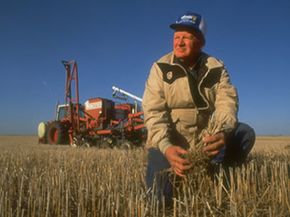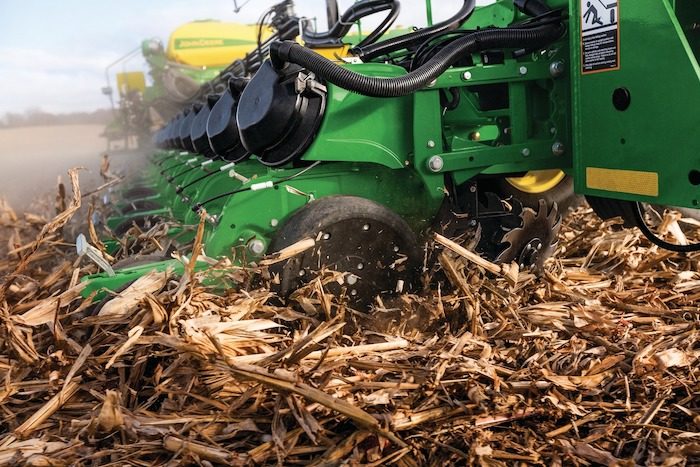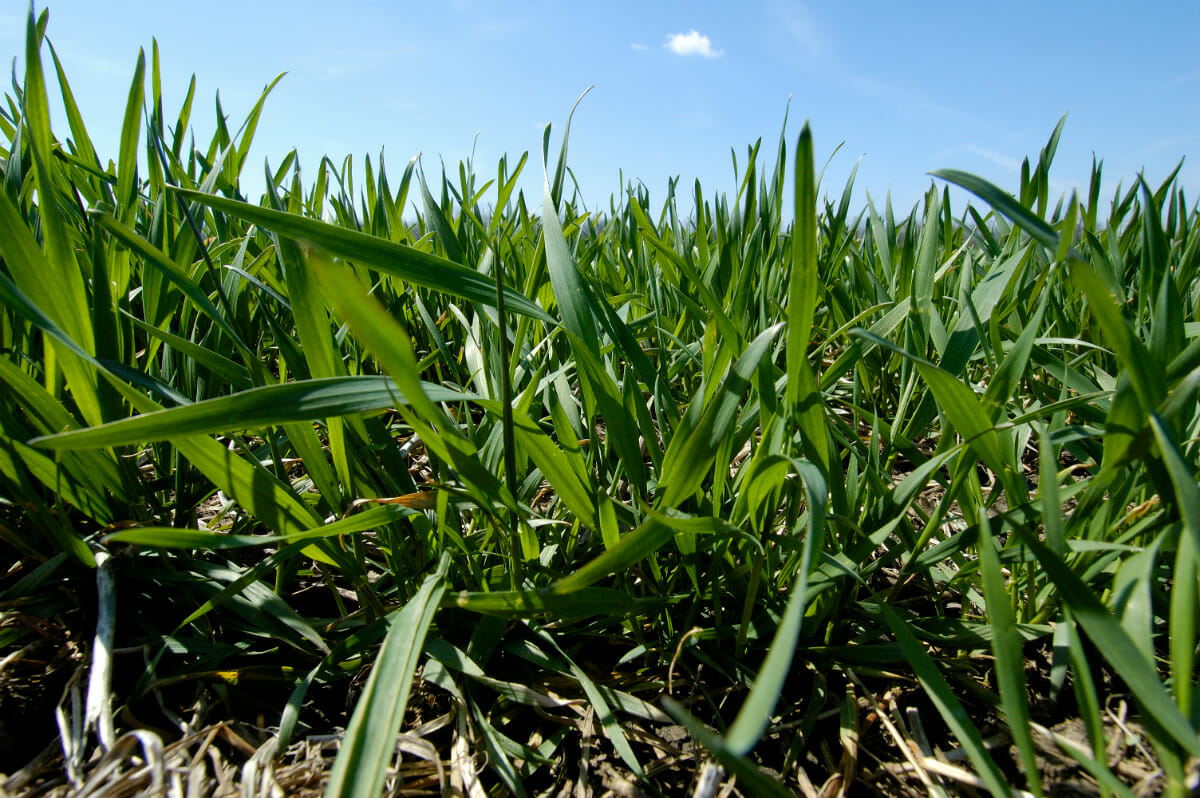No till agriculture, also known as zero tillage or direct drilling, is a farming method that involves minimal or no disturbance of the soil. This is achieved by planting crops directly into the previous year's residues or cover crops, rather than tilling the soil. No till agriculture has gained popularity in recent years due to its potential benefits for the environment, including reduced erosion, improved soil health, and increased carbon sequestration.
Traditionally, farmers have relied on tillage, or the use of mechanical equipment to loosen and prepare the soil for planting, as a way to control weeds and improve soil structure. However, this method can be damaging to the soil, as it destroys the natural structure and biological activity of the soil, and leads to increased erosion and nutrient loss. No till agriculture, on the other hand, preserves the natural structure and biology of the soil, leading to improved soil health and fertility.
One of the key benefits of no till agriculture is reduced erosion. When the soil is tilled, the structure is disrupted, leading to increased erosion from wind and water. No till agriculture helps to preserve the structure of the soil, reducing the risk of erosion. In addition, the presence of crop residues and cover crops helps to anchor the soil in place and protect it from erosion.
No till agriculture can also improve soil health by promoting the growth of beneficial microbes and fungi. These microorganisms play a crucial role in the health of the soil, helping to break down organic matter and make nutrients available to plants. Tilling the soil can disrupt the balance of these microbes, leading to reduced soil health. No till agriculture, on the other hand, allows these microbes to thrive, leading to improved soil health and fertility.
Another benefit of no till agriculture is increased carbon sequestration. Soil is a significant sink for carbon dioxide, and no till agriculture can help to increase the amount of carbon stored in the soil. By minimizing soil disturbance and allowing plant roots to grow deep into the soil, no till agriculture helps to sequester more carbon in the soil, which can help to mitigate the impacts of climate change.
While no till agriculture has many potential benefits, it is not without its challenges. One of the main challenges is the need to control weeds without the use of tillage. This can be achieved through the use of herbicides, cover crops, and other weed management techniques. In addition, no till agriculture may require more upfront investments in equipment, as it typically involves the use of specialized machinery for planting and fertilizing.
In conclusion, no till agriculture is a farming method that involves minimal or no disturbance of the soil, and has potential benefits for the environment, including reduced erosion, improved soil health, and increased carbon sequestration. While it may present some challenges, no till agriculture is an important tool for sustainable agriculture and the preservation of natural resources.







